The study on the adoption of Climate-Smart Agriculture (CSA) technologies by men and women in Vietnam is necessary to understand how the different social expectations, roles, status, and economic power of men and women are affected differently by climate change. It will improve actions taken to reduce vulnerability and combat climate change in the country.
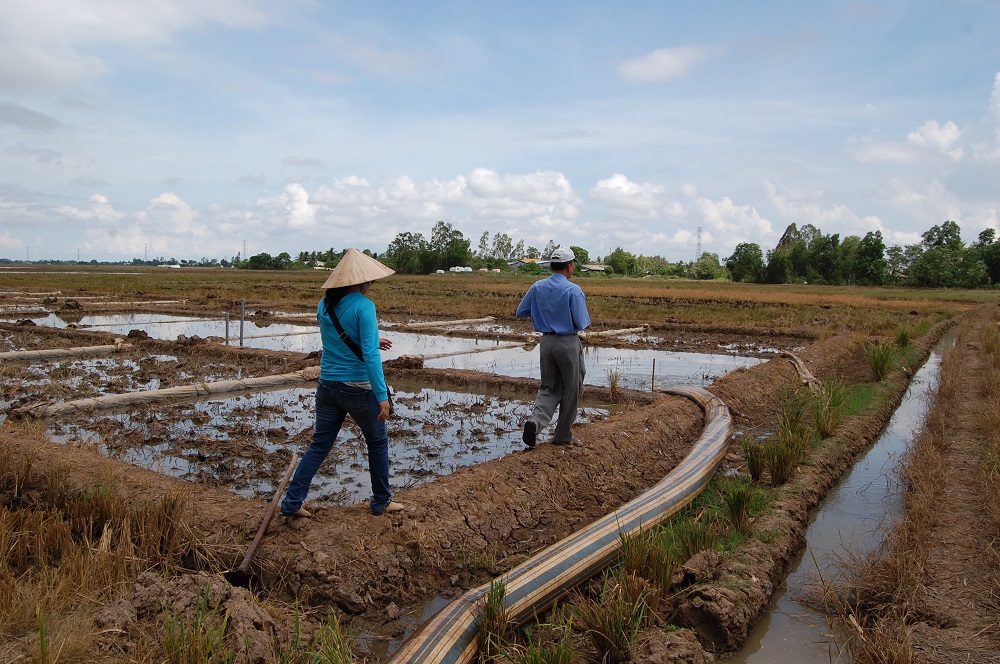
.
 Women play a more important role in rice production in North and Central than in South Vietnam while young people find agriculture as an unattractive opportunity. These are among the findings in the study, A comparative analysis of gender and youth issues in rice production in North, Central, and South Vietnam, that have implications for formulating policies in disseminating CSA technologies.
Women play a more important role in rice production in North and Central than in South Vietnam while young people find agriculture as an unattractive opportunity. These are among the findings in the study, A comparative analysis of gender and youth issues in rice production in North, Central, and South Vietnam, that have implications for formulating policies in disseminating CSA technologies.
Climate change affects 30% of Vietnam. Typhoons and salt-water intrusion reduce crop production. particularly in the Mekong Delta which accounts for 90% of the country’s exported paddy rice. In recent years, to maintain its agricultural productivity and enhance farmers’ resilience and adaptation to climate change, CSA was introduced in Vietnam. There are several CSA technologies available in the country, including, smart water and irrigation management; improved crop varieties; agroforestry and intercropping; sustainable land management; and improved agro-climate information services.
However, the majority of CSA technologies have a low to medium adoption rate. Among the reasons for this are low availability of required inputs, high costs of installation, financial constraints, limited access to tailored information, and limited clear integration, guidance, and support of CSA adoption in action plans and programs at the district and provincial levels.
Recognizing women’s contribution
Women have higher farming workloads and participation in the decision-making in rice production in Thai Binh and Ha Tinh Provinces because of the high rate of male migration to urban areas. Thus, women in Northern and Central Vietnam should be provided with more opportunities to participate in training programs on suitable CSA technologies, according to the study.
In contrast, rice production remains the main income source for the farmers in the Bac Lieu Province in South Vietnam. Because there is a lower out-migration of men in this region to seek jobs in urban areas, men remain in charge of rice production activities while the women generally act as the custodians of household cash. The province’s rice production also has many advantages such as large-scale field, high tenure security, favorable conditions, and high level of mechanization.
Thus, the strategies for disseminating CSA technologies in Bac Lieu Province should consider the distinct gender roles and gender-based division of labor, according to the study. In general, farmers should be provided equal opportunities for all–men, women, youth, elderly farmers, and ethnic groups– to attend training activities and field demonstrations on CSA technologies. This will ensure that they can equally learn and benefit from any intervention that can reduce risks linked to climate change.
Engaging young people
The study found a number of reasons why young people find agricultural work unattractive and prefer to seek employment in other sectors:
- Drudgery in farm operations (heavy and dirty work)
- Low farming profit margins (high input cost, low product price)
- Inadequate labor-saving technologies for ease of operations
- Inadequate finance/credit facilities, input price subsidy, lack of agricultural insurance scheme
- Inadequate land and poor road network
- Public perception about farming (i.e., low status of farmer and agriculture), and
- Extreme climatic conditions (e.g., flood, drought, and salinity )
As young people seek greener pastures in urban areas, the bulk of agricultural production fall on older people who do not have the incentive and ability to implement CSA technologies.
Based on these findings, the study’s recommendations for promoting youth engagement in agriculture are as follows:
- Provide more opportunities for on-farm training for youth at primary and secondary school level;
- Organize exchange visits for rural youth, participate in trade fairs, exhibition, competition on
farming techniques; - Develop and expand the models on production and business for rural youth;
- Build respect for farmers by emphasizing the important role of farmers and agriculture;
- Provide motivation and improve the image of agriculture by updating policies and programs;
- Upgrade the skills and knowledge of local agricultural extension workers about CSA technologies to enhance the confidence of farmers on their technical capability.
Read the full study:
Tran NLD et al. 2020. A comparative analysis of gender and youth issues in rice production in North, Central, and South Vietnam. Climate and Development, DOI: 10.1080/17565529.2020.1734771

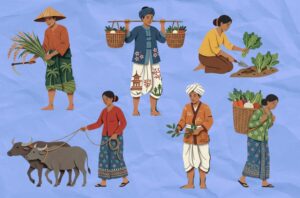
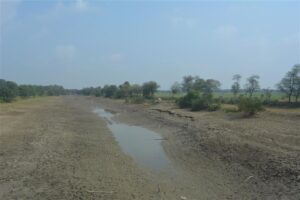
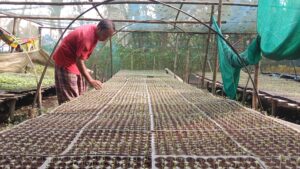
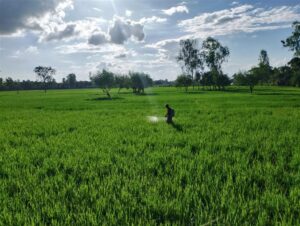
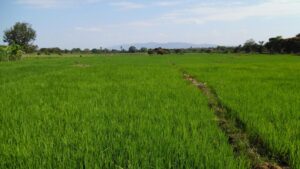
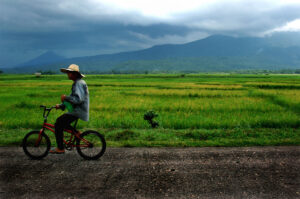
Great activities